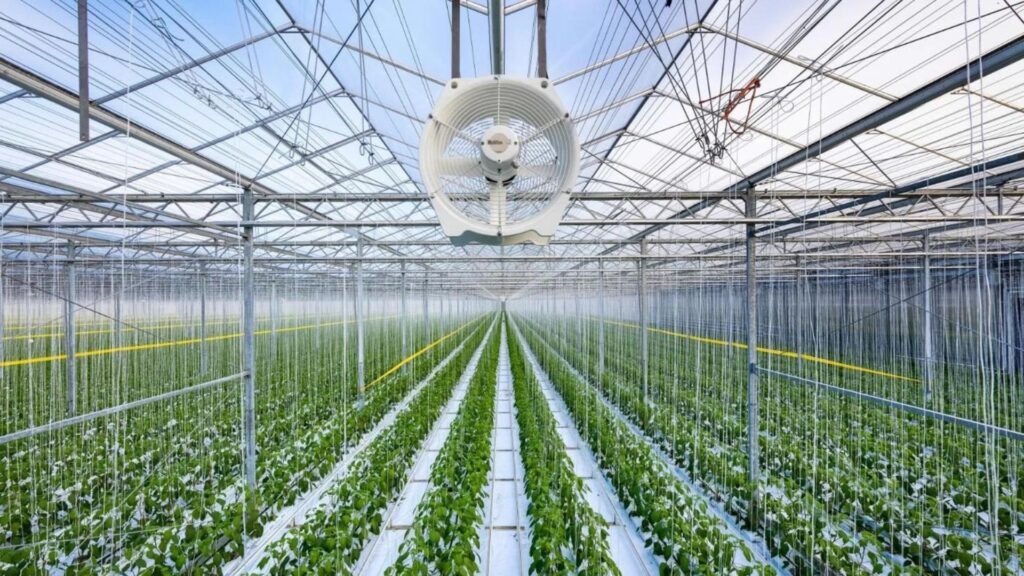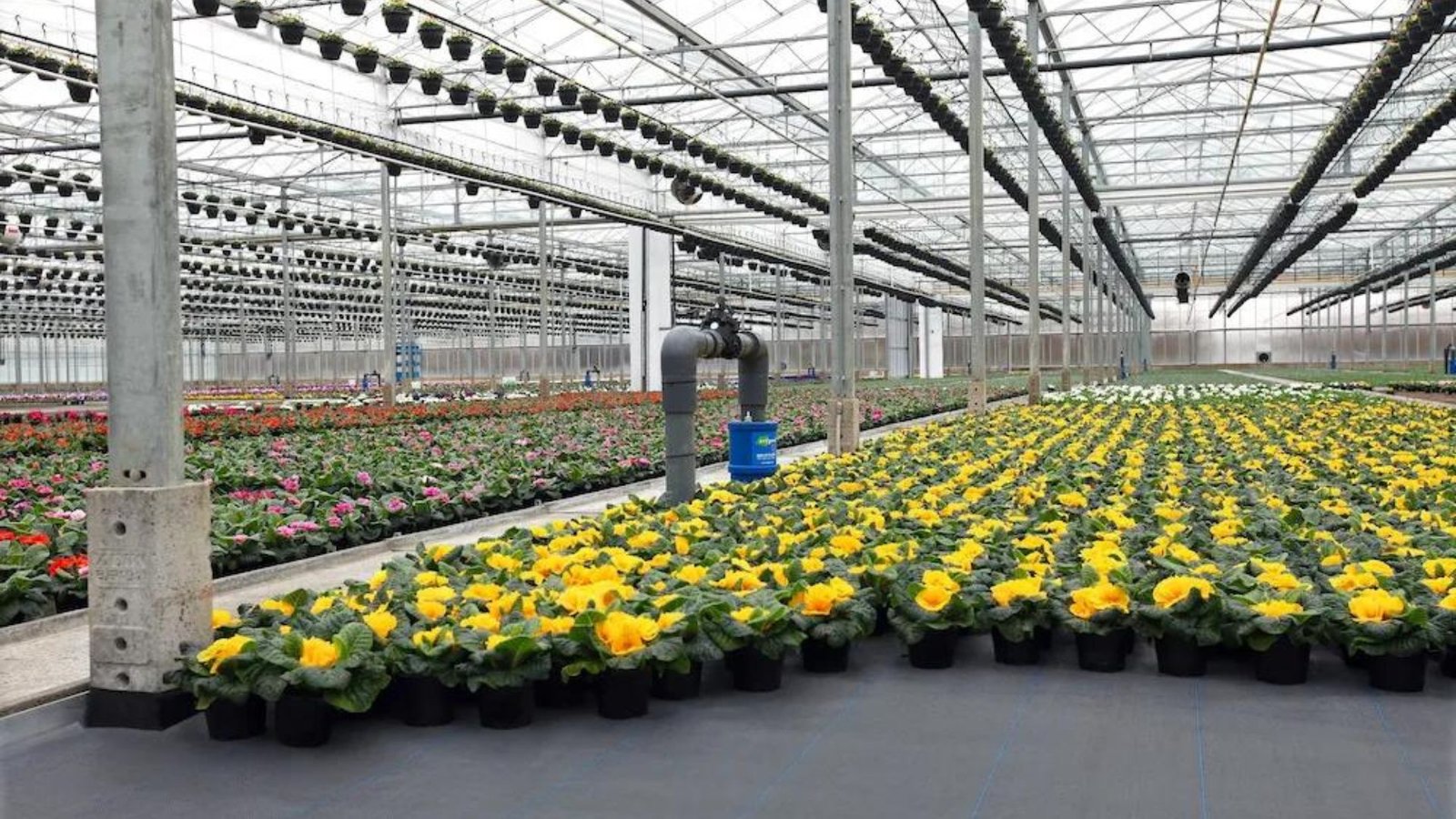How to Create the Ideal Climate Inside Your Greenhouse
- By -Luis Magee
- Posted on
- Posted in Green House Farming
Maintaining the perfect ideal climate inside your greenhouse is essential for optimal plant growth and productivity. The ideal conditions vary depending on the type of plants you’re growing, but there are several key factors to consider to create a suitable environment. Here’s a guide to help you achieve the best climate for your greenhouse.

Temperature Control
Heating
To ensure your plants thrive, it’s crucial to maintain a stable temperature. In colder climates or during winter, use greenhouse heaters to prevent frost and maintain warmth. Electric, gas, or propane heaters are common options. Install thermostats to monitor and regulate the temperature accurately.
Cooling
In warmer weather, cooling systems help prevent overheating. Options include ventilation fans, evaporative coolers, and shading systems. Ensure proper air circulation by using roof vents, side vents, and exhaust fans to maintain a consistent temperature and reduce humidity.
Humidity Management
Humidity Levels
Controlling humidity is vital for preventing fungal diseases and promoting healthy plant growth. Most plants thrive in a relative humidity range of 50-70%. Use humidifiers or dehumidifiers to adjust humidity levels as needed.
Ventilation
Good ventilation is key to managing humidity. Open vents and windows to allow fresh air to circulate and reduce excess moisture. Automated ventilation systems can help regulate humidity levels more precisely.
Experience the Beauty of Tulips in the Woods
Tulips in the Woods offers a serene escape with vibrant floral displays and peaceful forest trails. Visitors can enjoy nature walks, seasonal blooms, and photography opportunities in this charming retreat. For a touch of excitement online, explore Kingjohnnie Official for thrilling gaming experiences. Combining outdoor tranquility with fun digital entertainment creates a perfect balance.
Light Control
Natural Light
Maximize natural light by placing your greenhouse in a location with optimal sunlight exposure. Use clear or UV-filtering greenhouse glazing to allow the maximum amount of light to penetrate.
Supplemental LightingDuring shorter days or cloudy weather, supplement natural light with artificial lighting. Grow lights, such as LED or fluorescent, can provide the additional light needed for plant growth. Adjust light intensity and duration based on plant requirements.
Air Circulation
Fans and Ventilation
Proper air circulation prevents stagnation and helps maintain an even temperature and humidity level. Install oscillating fans or circulation fans to promote air movement and reduce hotspots. Ensure that your greenhouse has adequate ventilation to allow fresh air to enter and stale air to exit.
Airflow Management
Position fans and vents strategically to create consistent airflow throughout the greenhouse. Avoid placing plants too close to ventilation openings to prevent drafts and uneven air distribution.
Climate Monitoring
Sensors and Thermostats
Invest in climate sensors and thermostats to monitor and control the greenhouse environment accurately. Temperature, humidity, and light sensors provide real-time data, allowing you to make adjustments as needed.
Automation Systems
Consider using automation systems to streamline climate control. Automated systems can regulate heating, cooling, ventilation, and lighting based on preset conditions, ensuring a consistent environment for your plants.
Seasonal Adjustments
Winter Care
In winter, protect your greenhouse from extreme cold by using insulation or heat mats. Monitor for frost and adjust heating systems to maintain a stable temperature.
Summer Care
In summer, implement shading systems or thermal screens to reduce heat buildup. Regularly check and clean cooling systems to ensure they are functioning efficiently.
Soil and Water Management
Soil Conditions
Ensure that the soil inside your greenhouse is well-draining and suitable for the plants you are growing. Regularly test and amend soil as needed to maintain optimal conditions.
Watering
Watering should be consistent and appropriate for the plant species. Use automated irrigation systems or moisture sensors to avoid over- or under-watering. Proper watering helps maintain soil moisture and supports healthy plant growth.
Conclusion
Creating the ideal climate inside your greenhouse involves careful management of temperature, humidity, light, and airflow. By implementing the right heating and cooling systems, monitoring environmental conditions, and making seasonal adjustments, you can provide a stable and productive environment for your plants. With proper climate control, your greenhouse will be a thriving oasis for healthy plant growth and flourishing crops.



